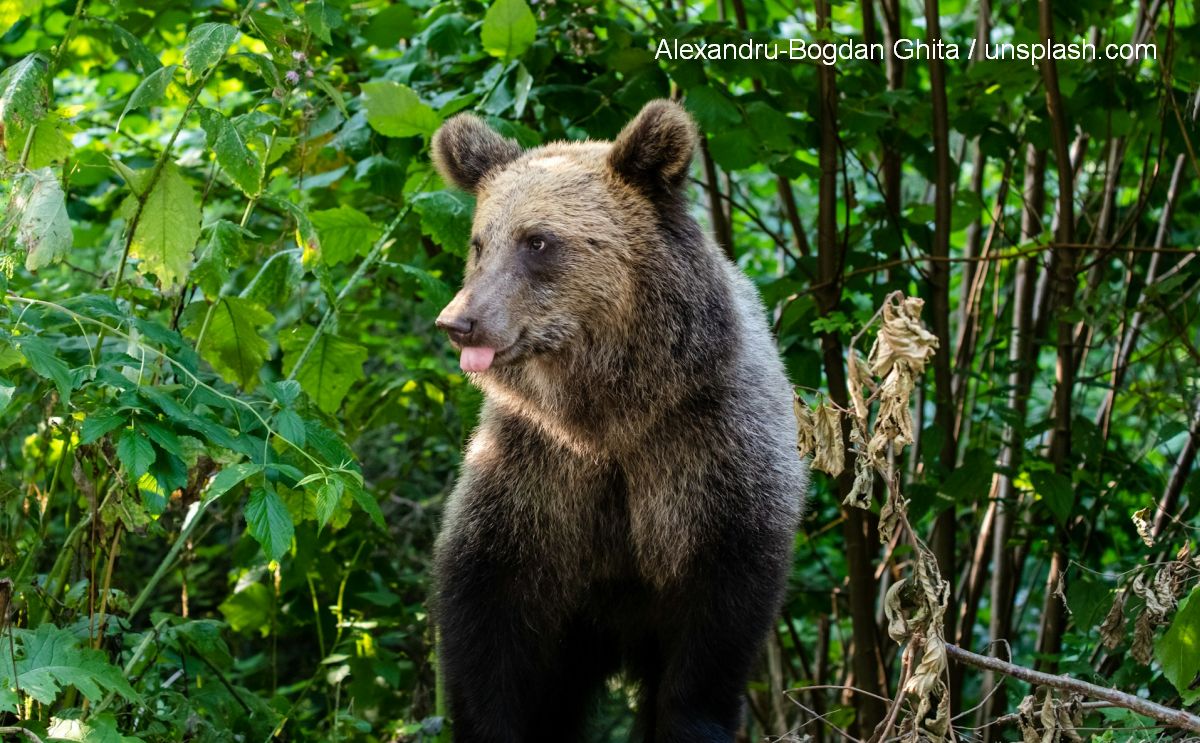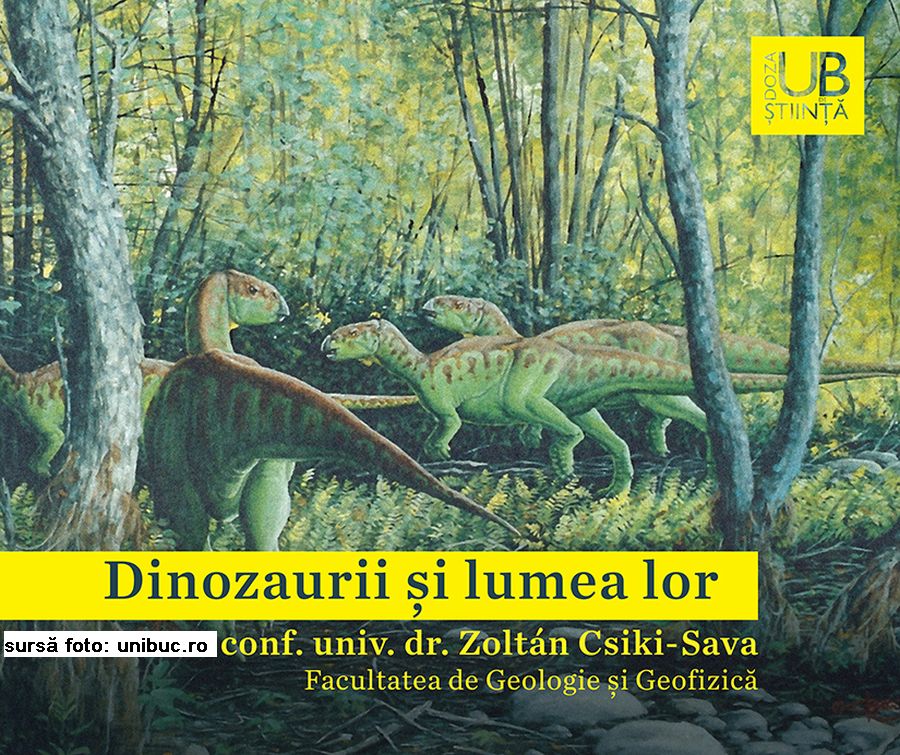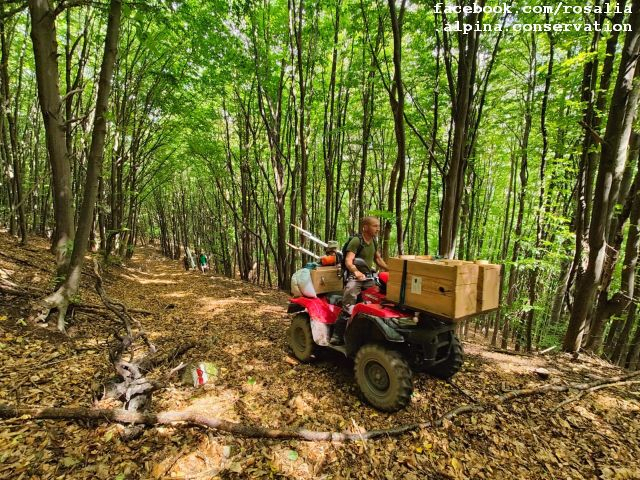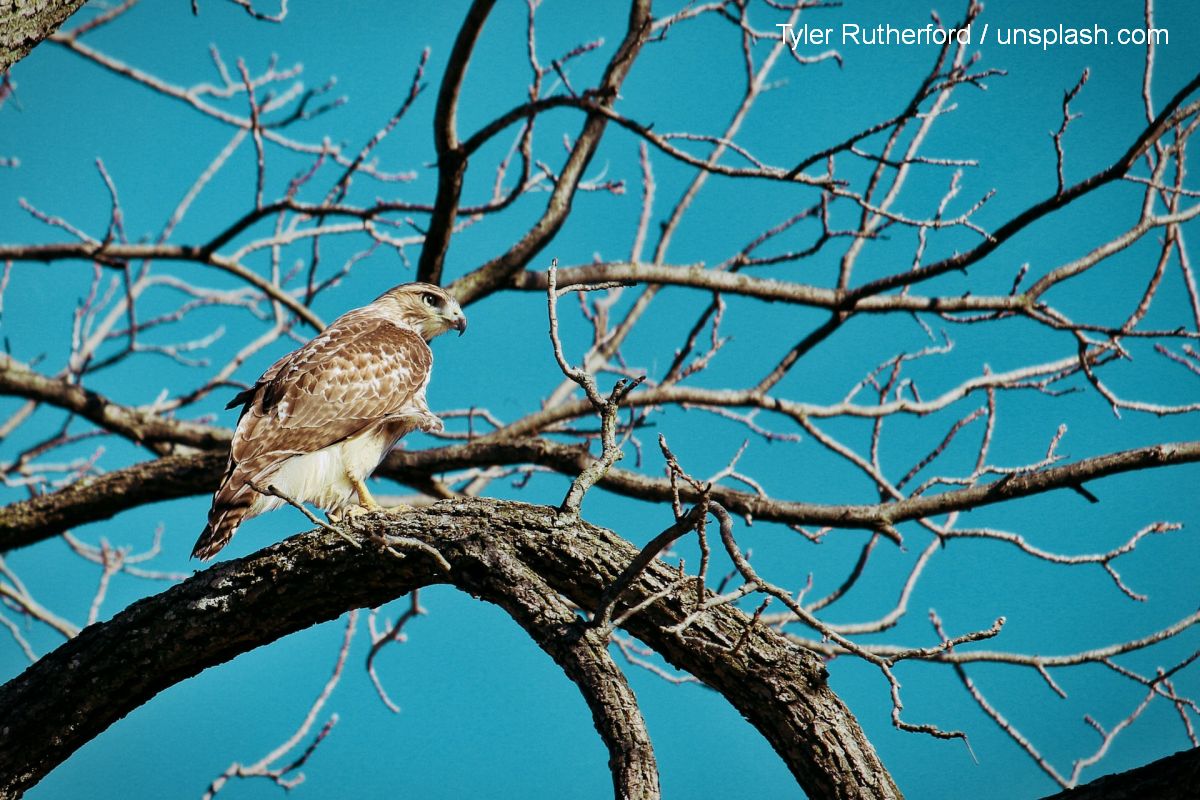Bear census in Romania
The bear population in Romania, previously estimated at 8,000, has reached almost 13,000, three times higher than the optimal level, shows a census recently presented by the Romanian authorities.

Daniel Onea, 25.04.2025, 14:00
The bear population in Romania, previously estimated at 8,000, has reached almost 13,000, three times higher than the optimal level, shows a census recently presented by the Romanian authorities. They are calling for a relaxation of the intervention conditions following the multiplication of incidents involving bears. World Wild Fund Romania has expressed its reservations about these preliminary figures and the proposed measures.
The minimum number of bears in Romania’s forests was established based on the results of analyses of genetic samples, on genetic diversity and on the population structure of the local brown bear species. Romania has carried out the largest and most complex genetic study of the brown bear population ever carried out worldwide, says Mircea Fechet, the environment minister: “After analyzing over 24,000 samples collected from 25 counties, the authors of this study estimate that between 10,419 and 12,770 brown bears live in Romania, this being the maximum assessment estimated by specialists. The confidence level for these figures, according to the methodology, is 95%. Therefore, we can state, for the first time in the history of Romania, with a solid scientific basis, how many bears we have in the forest. Until now, we have worked with more or less controversial estimates. These were based on visual observations or other indirect methods, but today we have a clear picture, based on the DNA that we checked in each sample. Behind these impressive results lies a good mobilization, because 672 hunting specialists were involved, they had dogs specially trained to collect samples from natural and national parks. We had an application to ensure the traceability of all these samples, with GPS coordinates, and we are not just talking about a scientific research but we are talking about a change, I hope, of the paradigm of how we manage the brown bear population in Romania.”
The environment minister also announced the division of Romania’s territory into four distinct categories. There will be key areas for conservation, where there will be no intervention of any kind on the brown bear population: “So, we will have either strict conservation or prevention and intervention measures in conflict areas and, for the first time, we will have a digital tool with national coverage that will allow making a quick and informed decision in real time about what comes next. The optimal number for the bear population in Romania is somewhere around 4,000. From 4,000 to 11,000 or 13,000 there is a big difference. Of course, we are not going to take measures to reduce the brown bear population overnight, but we are still interested in the conservation status of the species and the fact that the species will be in a good state of conservation, but we are equally interested in the safety of citizens.”
Thus, he announces the change of the primary legislation. The new proposal is to abandon the gradual intervention within the built-up areas of localities: “Today, the mayor, before making a decision that would truly protect the population, is first obliged to chase away the bear, then to try to relocate that specimen, and only after that does he have the right, according to the law, to shoot the bear or euthanize it. I will give the representatives of the local public authorities, the mayors, the freedom to make the decision that they consider to be correct in relation to the situation they are facing in that locality. At the same time, we will facilitate this entire process of the commission’s functioning, because today and in such an intervention, where every second counts, signatures on a piece of paper are needed, as was the case 100 years ago. I believe that in 2025 we can make faster decisions using phones, using groups on WhatsApp or other communication applications, using texts, using any other tool that allows for a quick, efficient decision. I have said so many times that nothing can be more important than people’s lives.”
However, the environment ministry has not taken the necessary measures to reduce the conflicts with bears, says Cristian Remus Papp, a World Wild Fund expert in large carnivores in Romania, who also specializes in wildlife monitoring, ecological corridors and protected area management. Cristian Remus Papp: “Even though there were various measures available, Romania did not make use of them. I am referring in particular to conflict prevention measures. On the other hand, it has always come up with reactive measures, that is to extract certain specimens from the bear population. Even though after 2016 we had a quota of 140 specimens every year, not even this quota was met. We are talking about 50-60% quota achievement, which clearly indicates that there was no interest, at least on the part of those who manage the fauna, to reduce the number of conflicts. In this sense, the environment ministry should have put more pressure so that the bears which are truly a problem be extracted from the population. Similarly, over the years, valuable bears have been extracted many times, bears that did not descend to localities, which actually represented trophies. Unfortunately, we are talking about a system that is not addressed properly, and this measure of reducing the level of protection and allowing hunting will certainly not solve the problems, especially in the communities where bears often appear. We would really like to see that the ministry does something indeed in this sense, not just use the communities as a pretext, but use the tools it has precisely to protect these communities.”
Cristian Remus Papp, an expert at the World Wild Fund, says that more measures should be implemented to prevent damage, from electric fences to much better management of organic waste. On the other hand, there is also significant human intrusion into the bear habitat, including with ATVs and other motorized vehicles. Last but not least, education is equally important. Local communities should know what to do to avoid conflicts with the bears. (LS)






























